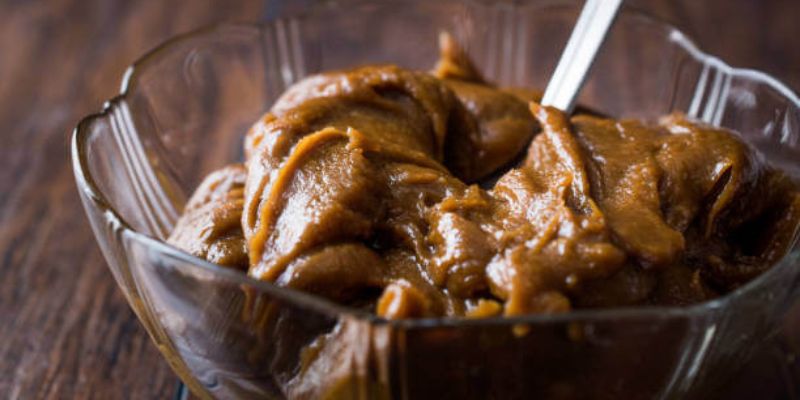Tahini is a natural product which consists of 100% ground sesame seeds that is baked either peeled or with its bark (whole grain) and then ground. It belongs to the category of fat along with butter and oil, however it presents many significant advantages over the rest of the foods in their category. Because of its valuable nutrients it has been characterized as superfood.
The consumption of tahini in the context of a balanced diet contributes to the intake of proteins, B vitamins, calcium, magnesium, zinc, phosphorus and polyunsaturated fatty acids.
Tahini contains about 20% protein and is rich in amino acids.
What do we gain with a spoonful (15gr) of tahini?
Energy 89kcal, protein 2,6gr, carbohydrates 3,2gr , total fat 7,9gr , saturated fatty acids 1,12gr, monounsaturated fatty acids 3gr, polyunsaturated fatty acids 3,5gr, cholesterol 0.
TRACE ELEMENTS : Calcium 21mg, Iron 0,7mg, Magnesium 14mg, Phosphorus 48 mg, Potassium 69mg, Sodium 5mg, Zinc 0,7mg , Copper 0,24mg, Selenium 5,2mg.
VITAMINS : B1 0,24mg, B2 0,018mg, B3 0,85mg, Folic acid 15 mg , Β6 0,022 mg
Tahini consists of about 50% fat, of which only 7% are saturated (harmful fats that burden the cardiovascular system). Almost 100% of the polyunsaturated fatty acids found in tahini, constitute an Omega-6 fatty acid, the linoleum, which is characterized as essential for the body.
This means that the body cannot compose it on its own and obtains it only through nutrition. It reduces cholesterol levels, contains no cholesterol, reduces the risk of heart diseases and strokes.
It is rich in vitamins, trace elements and minerals, calcium, magnesium and phosphorus, substances that contribute to bone health and the proper functioning of the nervous and muscular system. It has a good content of iron, potassium and zinc that contribute to the boosting of the immune system, to mental well-being and even to the reduction of fatigue. Selenium has a strong antioxidant effect and copper, in the proper functioning of the nervous system and in the absorption of iron.
Due to the low sugar content of tahini and relatively low glycemic index, it is a nutrition suitable for people with diabetes mellitus and unsuitable for people who are on a weight loss program, due to its high caloric value (about 90 calories per tablespoon)
In what way can we include tahini in our diet?
- Spread for bread, either on its own, or combined with honey or chocolate, or orange juice (a little). By mixing couverture we make an incredible homemade praline.
- It is combined with other flavors besides sweet, such as lemon, garlic, pepper and as dressing in salads. It is a key component of humus and many recipes of both cooking and pastry
Find great recipes with tahini here


